Tibetan Colours: The Five Pure Lights

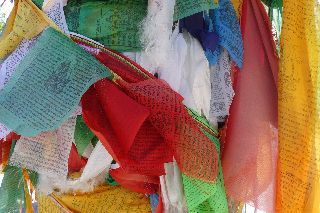
As I look at the photos Jane has sent from Tibet what first strikes me is the kaleidoscope of colours.

Colour is so much part of daily life in Tibet- on the streets.
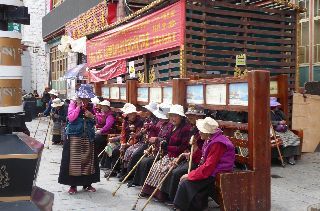
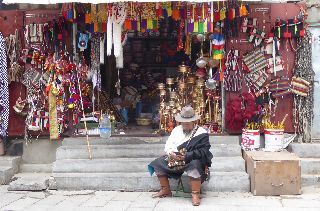

And in the temples.
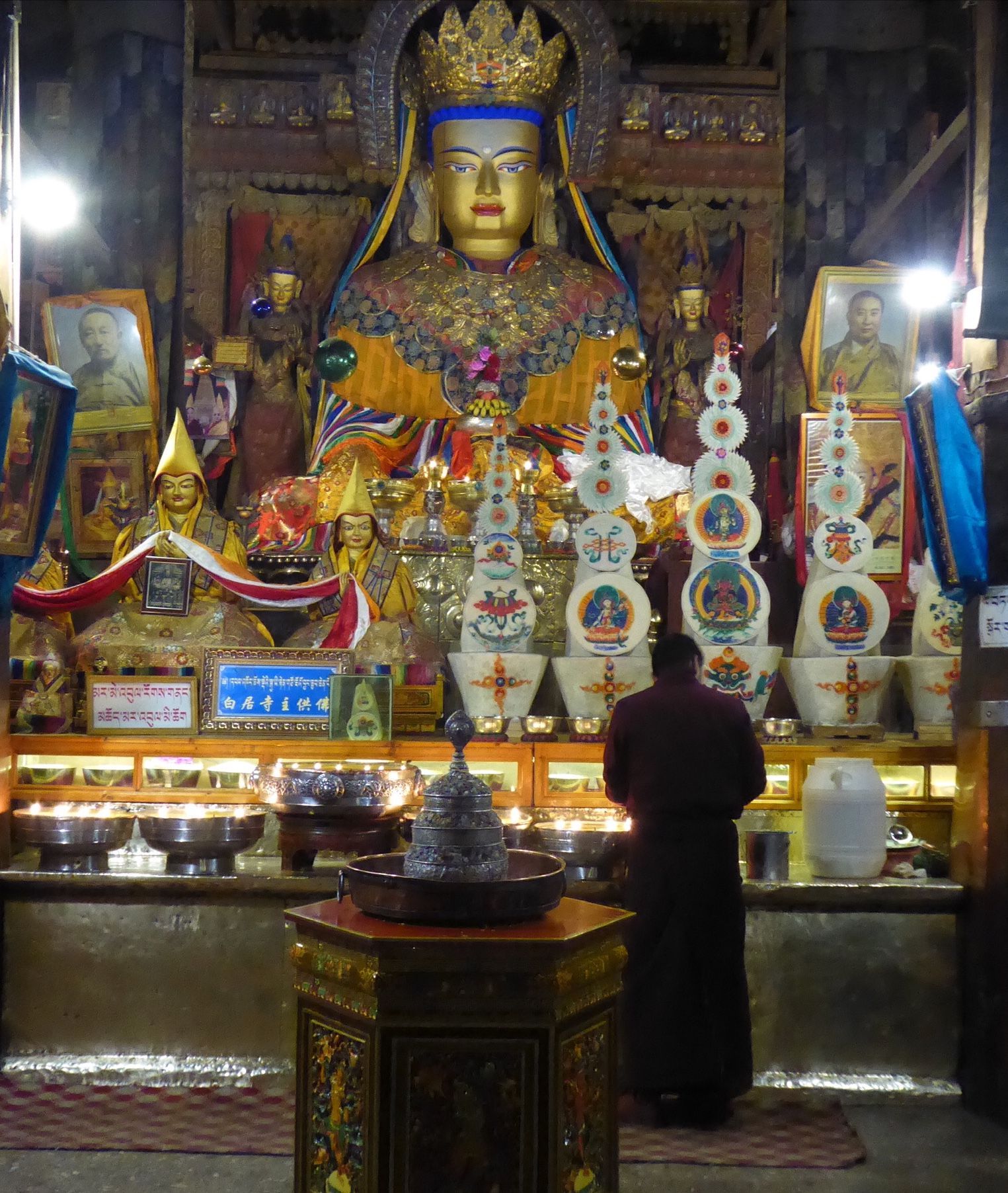
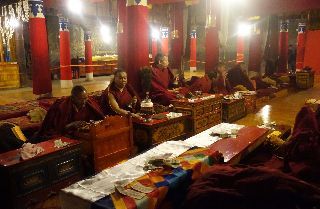
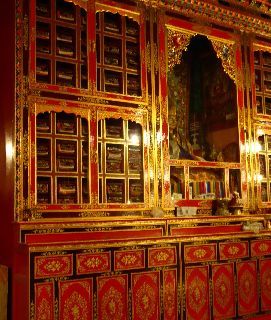
All of the colors used in Tibetan art and Tibetan Buddhism have significant meanings.There are five main colors that are known as pancha-varna in Sanskrit, which means The Five Pure Lights. Each color represents a state of mind, a celestial Buddha, a body part, a part of the mantra word Hum or a natural element.(tibettravel.org)
**Blue** is associated with purity and healing. It is believed, when
meditating on this color, anger can be transformed into wisdom.
**White** is the color of learning and knowledge in Buddhism.If meditated
upon, white can cut the delusion of ignorance and turn it into the
wisdom of reality.
**Green** is the color of balance and harmony. Meditate on this color to
transform jealousy into the wisdom of accomplishment.
**Yellow** symbolizes rootedness and renunciation.Yellow transforms pride
into wisdom of sameness when visualized in meditation.
**Red** is related to life force and preservation. In Buddhism, meditating
on the color red transforms the delusion of attachment into the wisdom
of discernment. (tibettravel.org)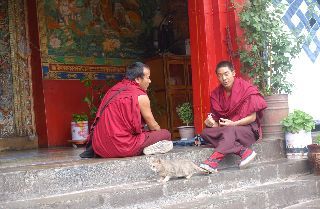
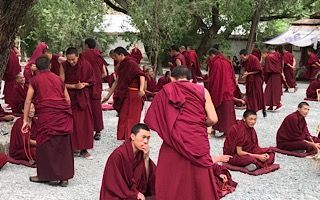
The Five Pure Lights are seen in Tibetan Buddhist prayer flags which Jane has captured in this typical village scene with prayer flags fluttering on houses and on the hillside. The colors may vary, but there is always a set of five.
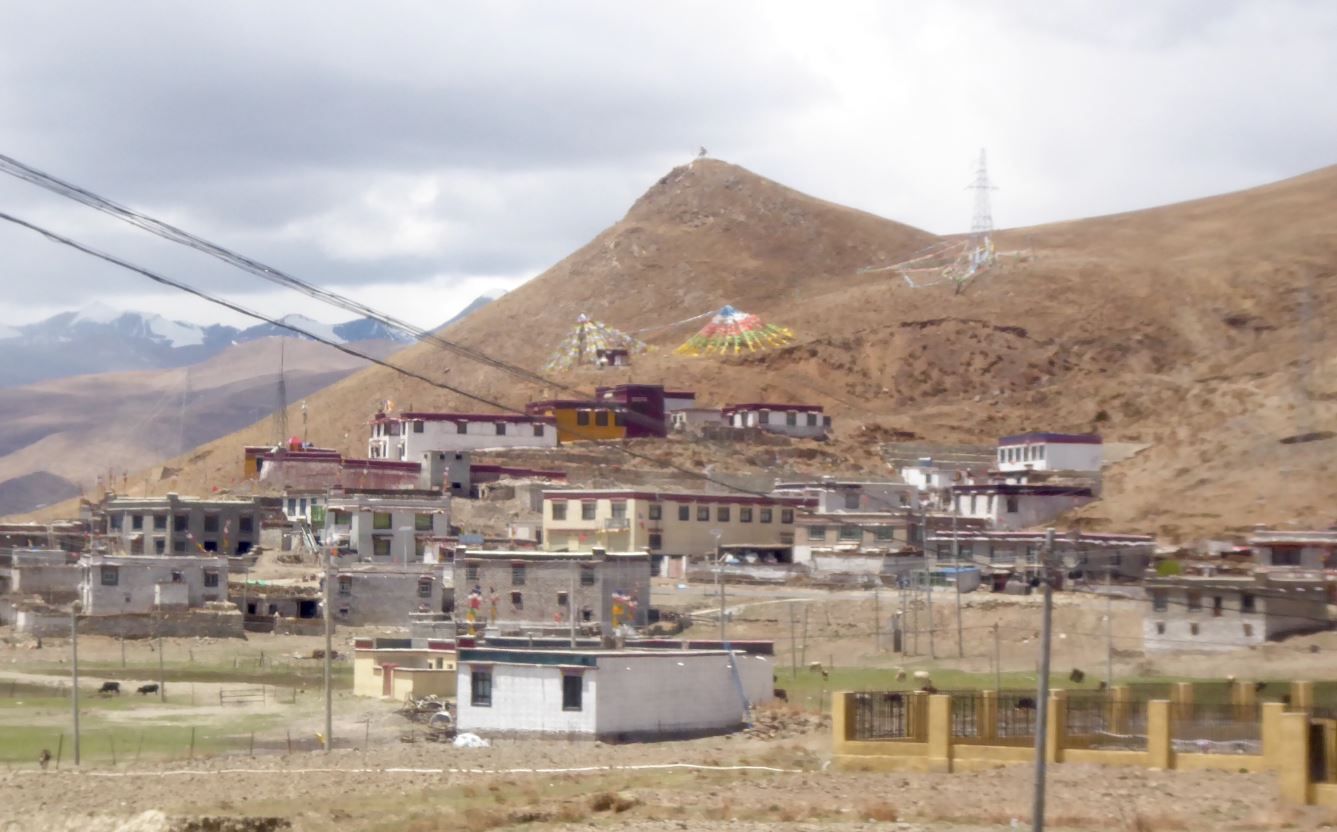
Jane has also managed to feed my love of art especially the mandala being created centre below.
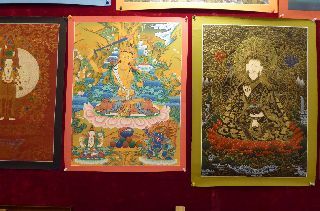
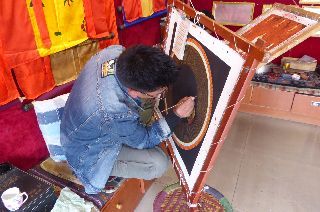
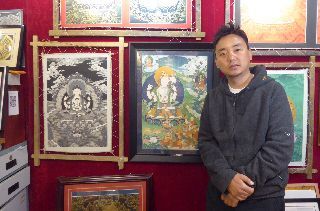
And in all this world of colour, who or what stands out?
A Yak!! And even he (she?) has red tassels so as not to feel left out!!
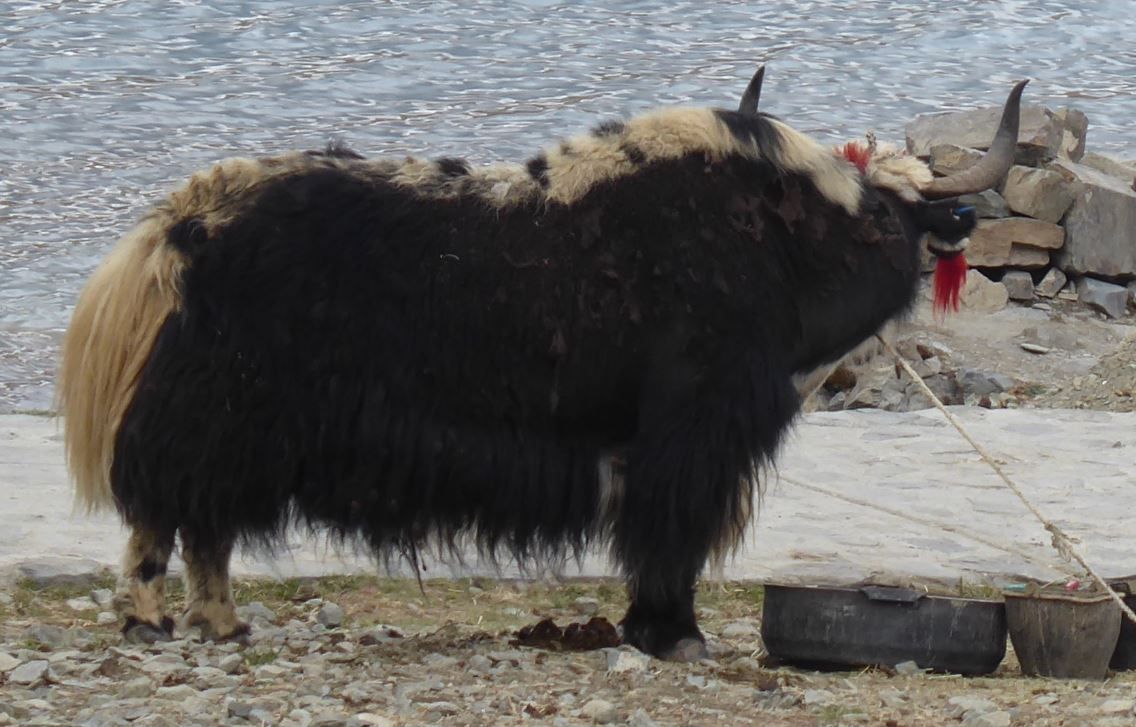
And so we say farewell to fabulous Tibet and to these incredible people.
all photos are Jane's.

